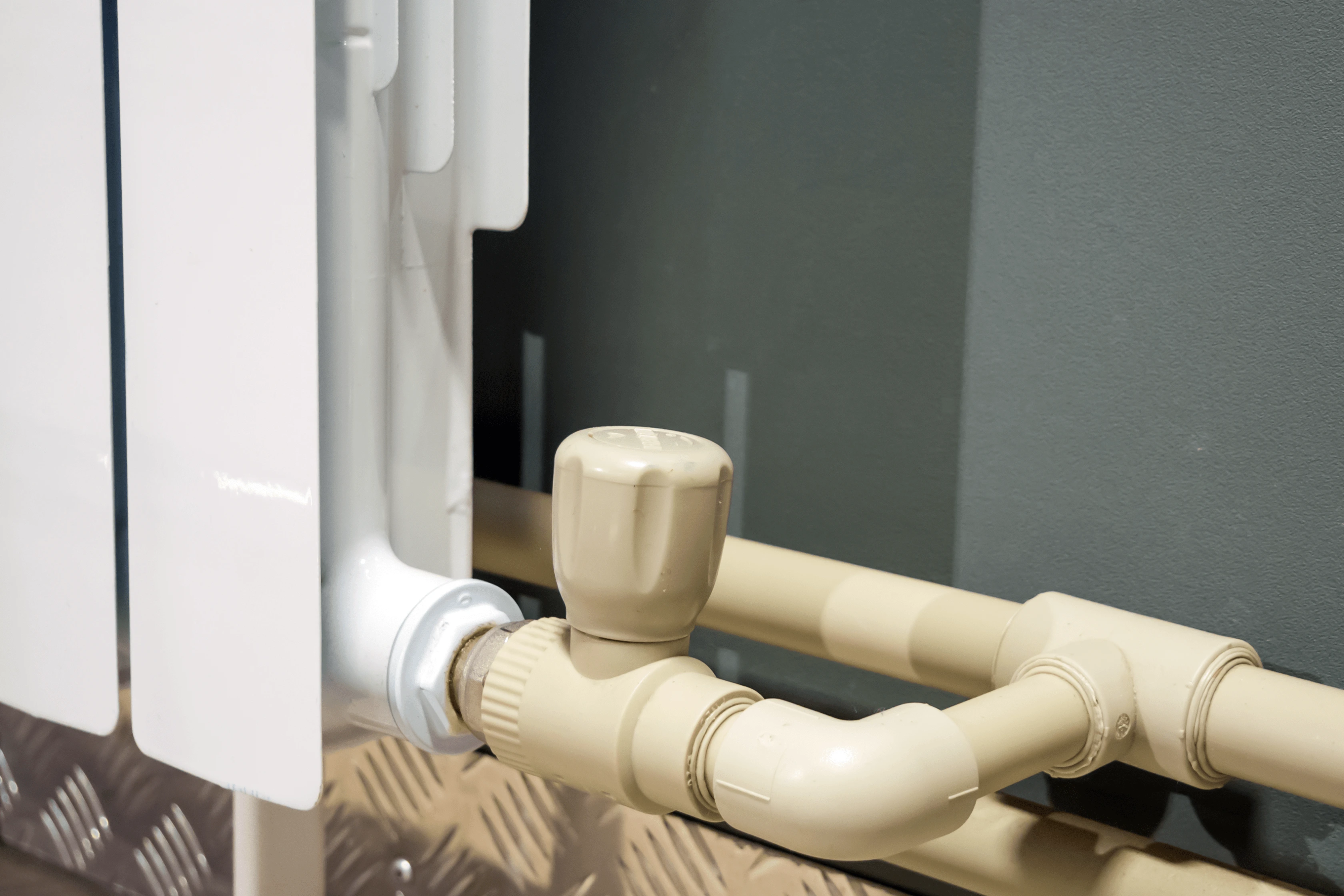Your radiator pipes are an essential part of your radiator or heated towel rail’s function and design. Get the pipes right and you have a professionally installed radiator, get them wrong and it’s quite the opposite.
The key to getting your radiator pipes installed correctly is, of course, choosing the right pipes and in order to do that you need to measure up first. Read on and we explain everything you need to know…
What Size Are Radiator Pipes?
Typically, the radiator circuits (or radiator pipes as they’re more commonly known) in modern wet central heating systems use standard 15mm pipes.
More than likely the pipes you need for your radiator or heated towel rail will be 15mm, however larger pipes are needed when connecting your central heating system to a boiler, pump or circuit branch points. These larger pipes will measure either 22mm or 28mm in circumference.
How To Measure The Circumference Of Your Pipes
As mentioned above, the circumference size of the pipes needed for your radiator will almost certainly be 15mm.
If you want to be doubly certain you can measure the inlet hole on your radiator or heated towel rail. To do this simply measure the hole at its thickest point (which will be the centre) and then you have the hole’s diameter.
Now that you have the diameter, simply times that figure by 3.14159 (otherwise known as pi) and you have the circumference of your pipes.

How To Measure The Pipe Lengths
The length of your radiator pipes should be the exact length required to go from your radiator valves to either the floor or wall, depending on how your radiator or heated towel rail is installed.
To accurately measure how long your radiator pipes should be: measure the distance from your radiator valves inlet (sometimes referred to as the pipe centre) to either the floor or wall, using a tape measure.
How Much Pipe Would Be Needed?
When a 200mm pipe spacing is specified, you'll need 5 meters of pipe per square meter. This means a 100-meter circuit can cover up to 20 square meters.
For areas with high heat loss, such as a conservatory, reducing the pipe spacing to 150mm will require 6.67 meters of pipe per square meter. With this 150mm pipe spacing configuration, a 100mm coil can cover up to 15 square meters.
Types Of Radiator Pipes
Now, you might think that there is only one option to pick from when choosing the pipes for your radiator or heated towel rail, however there are a few options.
One option is to use standard copper pipes which will also be used in the vast majority of your central heating system. This option is fine however copper pipes can often spoil the overall aesthetic of your radiator - making it look a little cheap, even.
Another option is to cover your copper radiator pipes with a ‘snap-on’ cover. These covers are designed to snap around standard 15mm radiator pipes and are straightforward to install.
The final option is to choose solid radiator pipes. Solid pipes are available to buy in a host of different colours and finishes. Solid radiator pipes can be bought to either match or compliment your radiator’s style. Solid pipes give your radiator a more professional finish that can make it look really smart.
FAQ’s
Are Radiator Pipe Sleeves Standard Sizes?
Yes, radiator pipe sleeves (or snap-on cover as they are sometimes referred to) are made to cover standard 15mm radiator pipes. The length of pipe sleeves are typically 180mm or 300mm, and can be easily cut down to fit.
How Do I Know If I Have Microbore Pipes?
Microbore plumbing pipe refers to small-diameter plastic or copper tubing, typically less than 15mm in diameter, that is used to transport hot water from the boiler to radiators.
How Do You Know When To Replace Pipes?
Corroded or leaking microbore pipes signal the need for replacement as soon as possible. Replacing worn out pipes will extend the lifespan of your radiators.
Does It Matter Which Way Pipes Go On A Radiator?
With a standard panel radiator, the flow and return connections can be made on either side, as the valves are bidirectional.
However, when removing the radiator, it's important to ensure that a strong flow of water comes out of both valves. This will help identify any blockages or air pockets in the system.






















